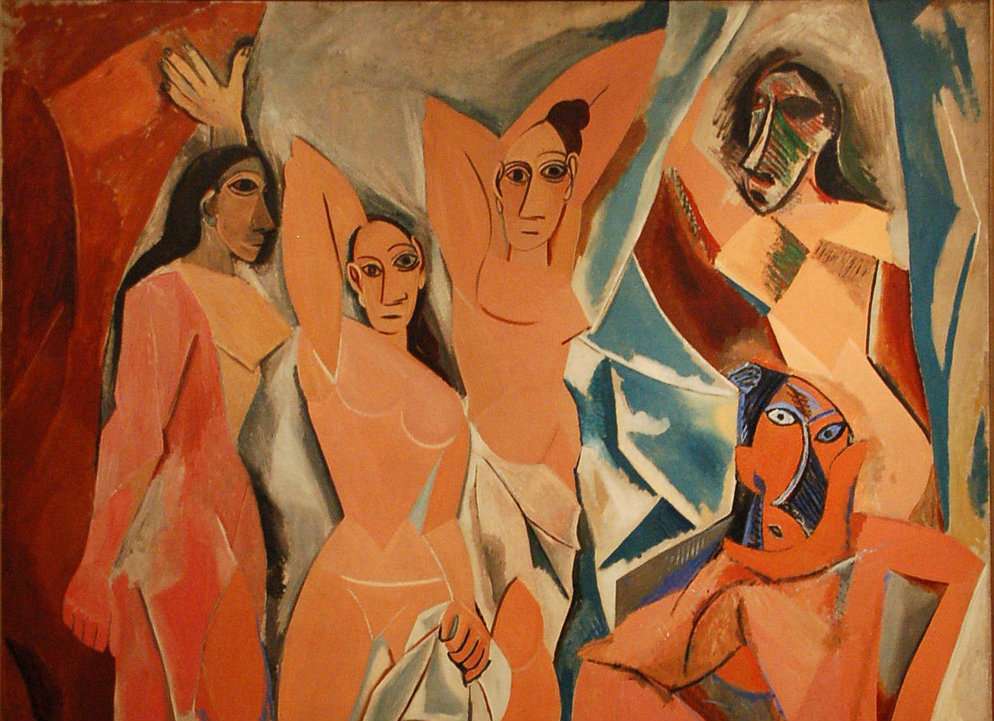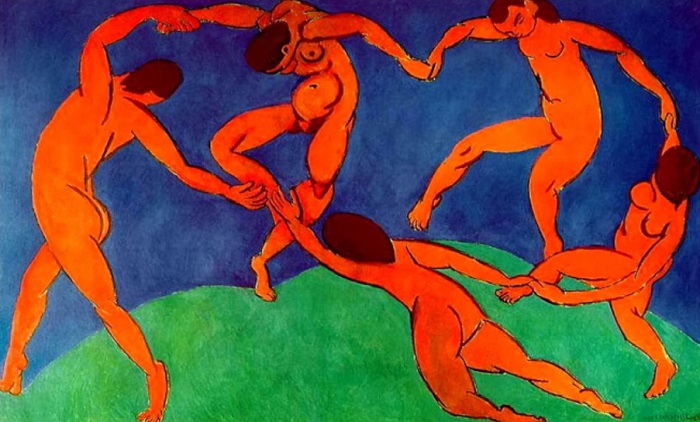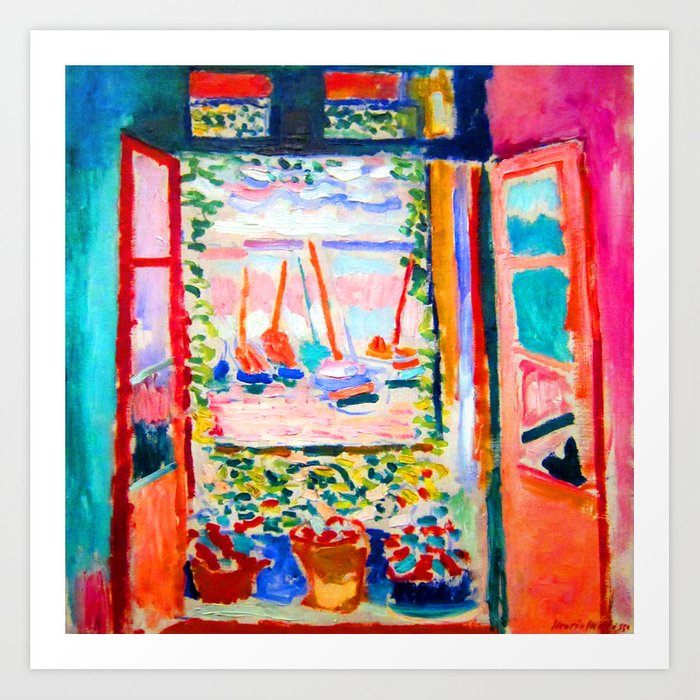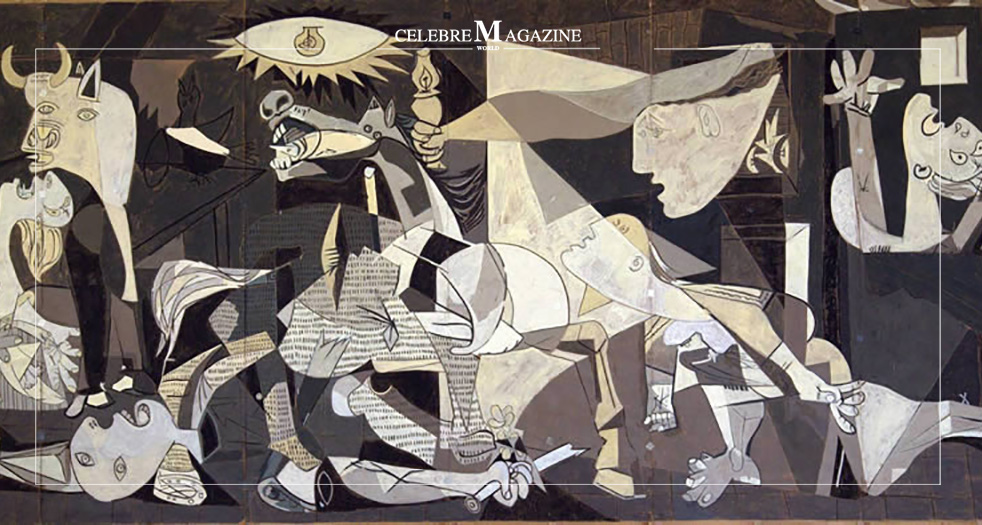Henri Matisse and Pablo Picasso, as the history of twentieth-century art, tells us, were two giants of the twentieth-century pictorial landscape. Henri, who was 12 years older than Pablo, was born in Chateau Cambresis, France, in 1869, while Pablo was born in Malaga, Spain, in 1881. The two met by chance in the living room of the Stein brothers, an environment that most of all took care of all the avant-gardes in the art world of the late nineteenth century.

While the young Pablo was working on the portrait of Gertrude Stein, sister of the American brothers Leo and Michael, he felt pierced by the silent inquiring gaze of the already established painter Henri Matisse who, in turn, was attracted by the strength and compositional confidence of the unknown young man Picasso. Matisse had just founded the pictorial current of the “Fauves” (which literally means ”Beasts”) together with other painters of the same current and this was known to Picasso who jumped at the opportunity of that meeting to create contact with the master.

Although Matisse suffered from deep insecurities, he appeared at first sight to be a calm, cultured man with good and gentle manners; quite another Picasso with a bold air that gave him the image of a painter proud of success, even though he was mindful of his apprenticeship and the many closed doors in his face. Perhaps this was the reason why a deep and tormented friendship was born between them. The two frequented each other in all cultural environments, attracted each other with the same intensity with which they repelled each other and neither was afraid of pointing out how far and distant their respective artistic experiences and intuitions could be. In 1907, when Picasso painted “Le demoiselle d’Avignon”, currently kept at the MoMA in New York, he did so with the intention of demonstrating to Matisse what was his personal search for creative originality.

It was Matisse himself who coined the term “Cube” looking at Picasso’s painting, a term subsequently taken up by critics to define the birth of that new pictorial vision called “Cubism”, which disrupted the figure and colour conceived up to that moment in the panorama of art, which was never the same from then on.

Therefore it can be said that contemporary art was born with the concept of the figure as Picasso’s three-dimensionality understood it. Picasso and Matisse had helped each other not only artistically during their respective careers: Pablo saved from the confiscation of the Germans in 1940 when Paris was occupied by the Nazis during the Second World War, all the Matisse’s artworks which were kept in a Parisian bank, showing a sort of gratitude to Henri who had introduced him to the world of art, favouring the fortune and success that we all admire today in the Catalan painter.

These two great artistic visions, although inevitably rivals and different in setting each in creating beauty, have determined a positive circumstance and a mutual stimulus, not only for their artistic and cultural antagonism but also for the professional and human one, of which a benefiting was unquestionable all the art of our unrepeatable twentieth century.
edit by Maria Basile

